The gloomy picture of the development of the tourism industry of Vietnam has been defined at the consultation meeting on the state management of tourism recently, held by the Ministry of Culture, Sports and Tourism in Hanoi. How to stimulate tourism in the difficult economic context is still a difficult problem for the non-smoke industry.
In the current context of economic difficulties, tourism is considered the highlight with around 6.7 million foreign visitors (up by 11 percent), 32.5 million domestic visitors (up 7 percent) and the total revenue of VND160 trillion (up 16 percent).
Foreign tourists in Vietnam
However, Minister of Culture, Sports and Tourism Hoang Tuan Anh said that the growth rate of tourism industry was relatively high in the last three years, but its development is unsustainable, unstable and not commensurate with the potential, particularly the competitiveness is low compared to many countries in the region.
Mr. Nguyen Quoc Ky, General Director of Vietravel, resource planning for tourism development is not good, leading to more resources being destroyed, especially marine ecotourism. Ky also pointed out the lack of connection between localities that causes a waste of resources.
Mr. Vu The Binh, Chairman of the Vietnam Tourism Association said that travel firms are called for cutting down the charges for hotel rooms, transport fees and food prices nobody pays adequate attention to the legitimate request for preferential policies to tourism stimulus.
According to Director of Hoa Binh Hoa Le Tourism, the state should exempt or reduce import tax rates on tourism cars, reduce land tax to encourage businesses to invest in tourism, develop infrastructure in the remote areas that are rich in tourism potential.
The panorama of the smokeless industry in recent years reveals many inadequacies. State management in tourism is not good enough, proved in the decrease in tourism environment, for instance: Many small travel firms imitate famous brands to cheat customers; tour guides of different companies are in collusion to exchange tourists; the qualification of tour guides in Vietnam is still low; fraud, robbery, environmental pollution still occur in many localities, especially in the key areas of tourism.
Mr. Nguyen Quoc Ky warned: “This is an alarming problem. If we do not handle it firmly, it will affect the image of Vietnam’s tourism, and decrease the number of tourists to our country. The environmental tourism protection policy must become a major policy, which is inseparable from the Vietnam’s tourism development strategy.”
Tourism promotion program of Vietnam is so small compared to other countries in the region. According to Mr. Luu Duc Ke, Director of Hanoitourist, in many countries, when the number of tourists increases, the budget for tourism promotion also rises. In Vietnam, it is contrary.
The revenue of the tourism industry increased in the last three years but the funding for tourism promotion shrank, from VND40 billion ($2 million) in 2010 to VND35 billion ($1.7 million) in 2011 and only VND30 billion ($1.5 million) in 2012 (equivalent to $0.25/visitor while in Thailand and Singapore the rate is $10-15/visitor). On the other hand, tourism companies are not permitted to open representative offices abroad.
However, tourism promotion is not just the money, but also depends on the promotion measures. It is very important to answer the question “what are the things that make a difference for Vietnam’s tourism?”
Many tour operators believe that, in order to promote tourism it is necessary to build the national tourism brand as quickly as possible.
Mr. Nguyen Quoc Ky said that Vietnamese cuisine is very attractive to international visitors. Many cuisines such as pho (noodles) and nem cuon (spring rolls) are frequently among the top world’s most attractive dishes. Vietnamese food, therefore, can be considered as the focus of the national tourism brand.
Deputy Prime Minister Nguyen Thien Nhan asked the tourism industry to promote cultural and human strengths in building the brand; to consider safety for visitors as top priority; tourism firms must accompany the State in promoting tourism image.
The Deputy PM also asked the Vietnam National Administration of Tourism to have the answer for the question–whether local travel firms are allowed to open overseas representative offices in the first quarter of 2013.
“The master plan for Vietnam tourism development to 2020, vision to 2030″ will be approved before December 20, 2012, and will be immediately implemented by the Ministry of Culture, Sports and Tourism.

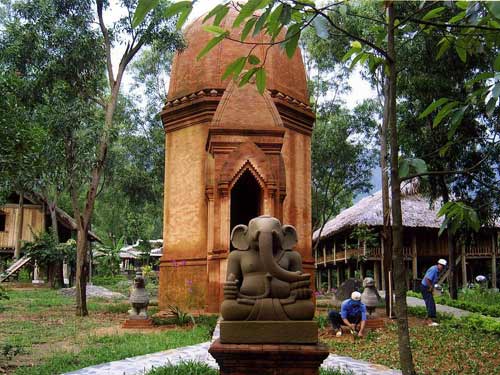


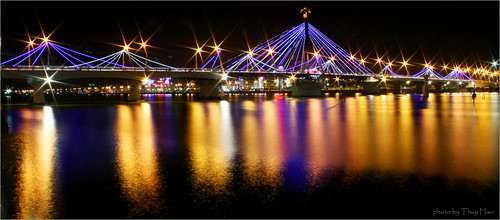

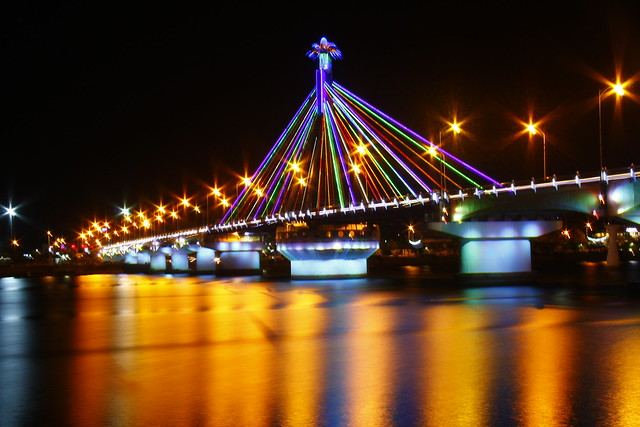





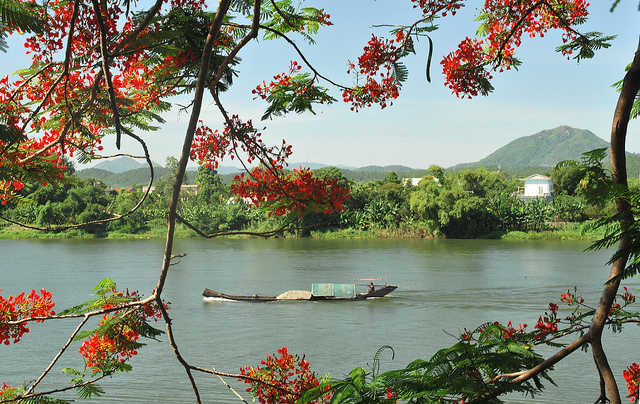






 Moon cakes were sold in the past
Moon cakes were sold in the past.jpg)



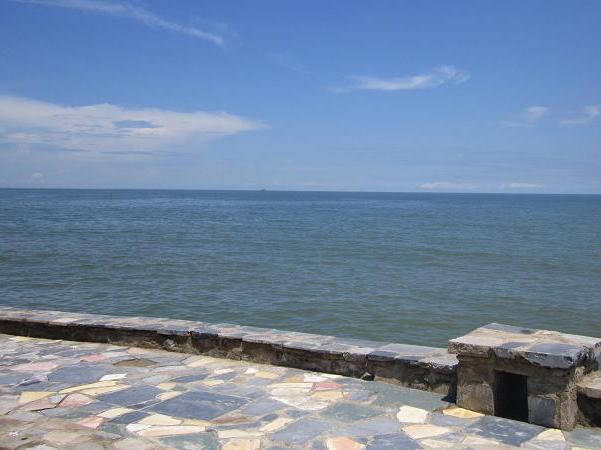
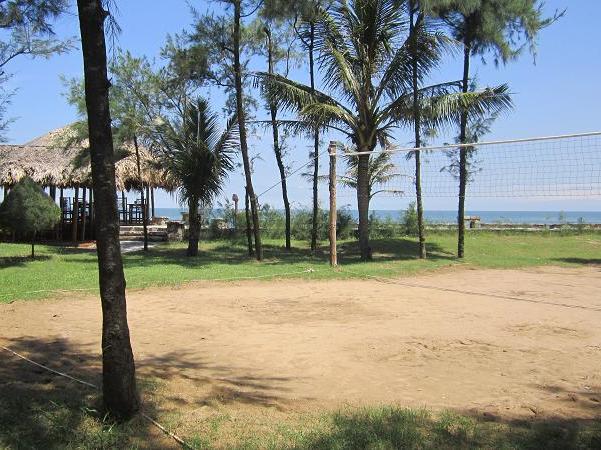
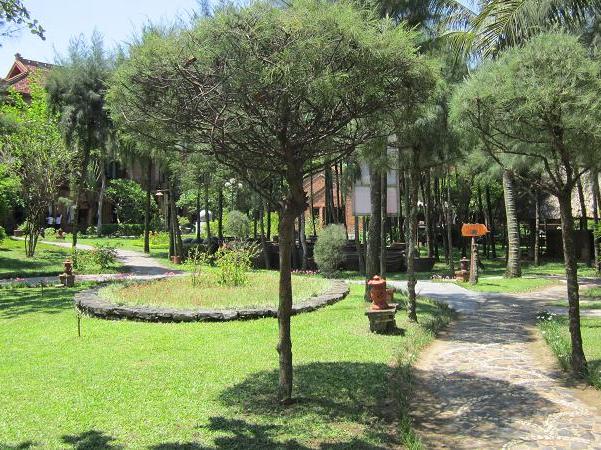
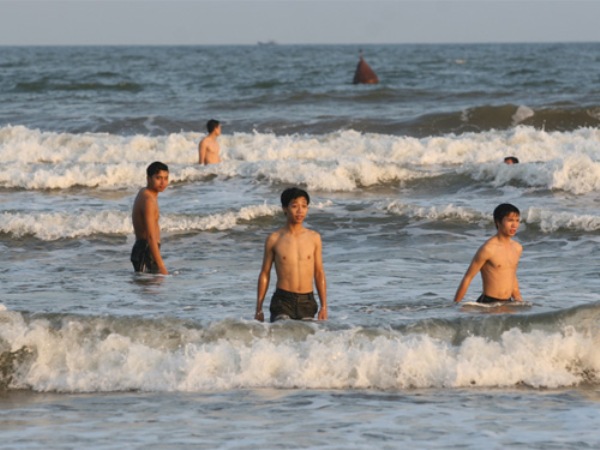
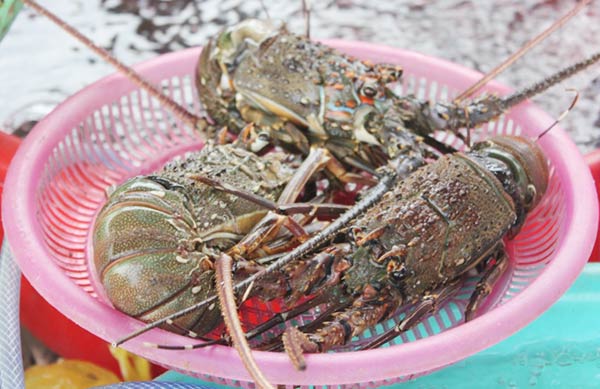
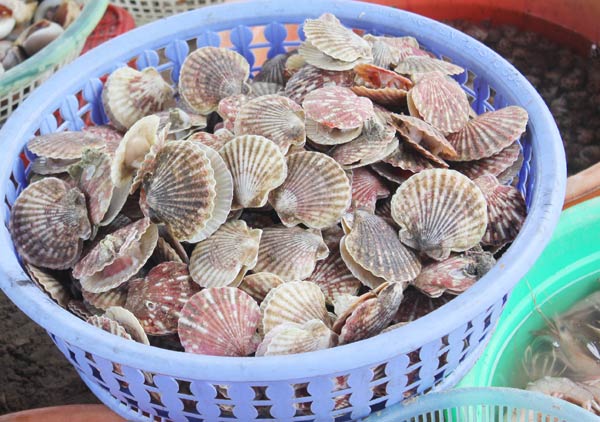
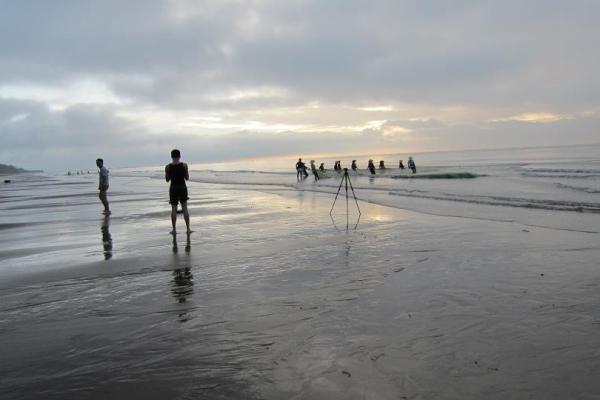
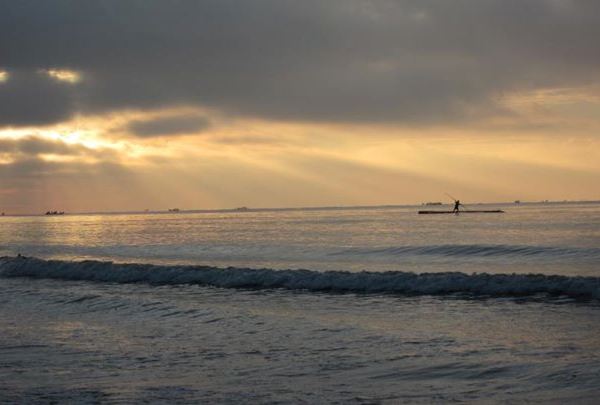

.jpg)













